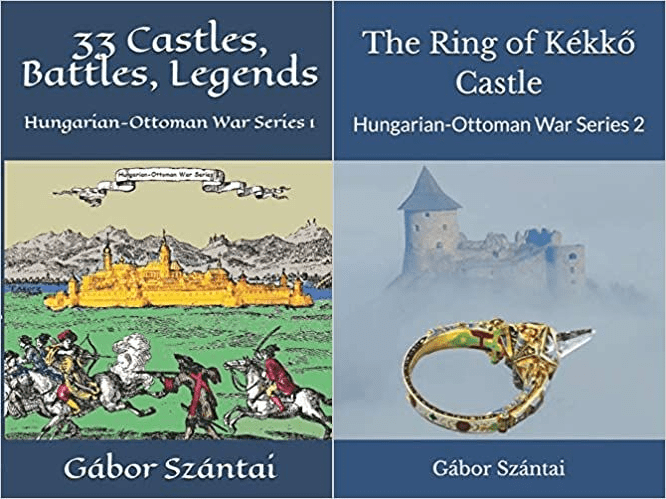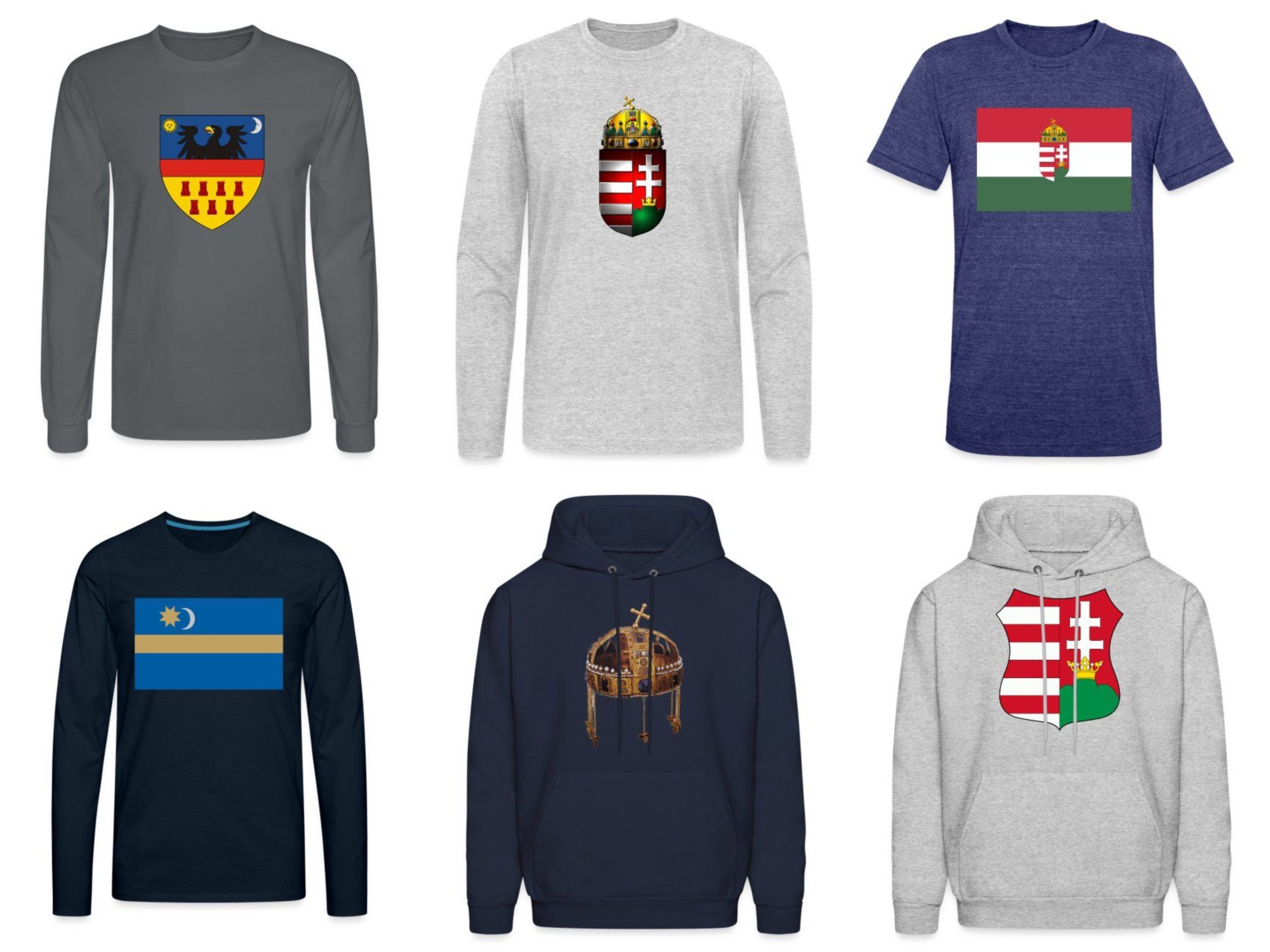Little is said about the Kingdom of Croatia, the partner country of the Kingdom of Hungary during the Ottoman wars, although it played its part in the struggle. It is not only the deeds of the Zrínyi, Frangepán, Draskovich, and other families that deserve mention, but also the essentially uninterrupted struggle for survival that the Croats waged.

The Battle of Udbina, known as the ‘Croatian Mohács’, took place as early as 1493, and the border battles almost completely eroded historic (coastal) Croatia. The country’s territory shifted further north and many of its inhabitants moved to the Transdanubian region and even to the area around Pozsony. As early as 1493, a great flood of refugees from the Knin area began to move northwards.

The sea coast was particularly vulnerable to Turkish attack, and although in 1520 Bán (Duke) Petar Berislavic repulsed the Turks, he himself was killed in battle and the conquest was not halted. The advance continued, and the year after the capture of Nándorfehérvár, the important port and bishopric of Knin was taken.

After weeks of siege, the Bosnian Bey Gazi Huszrev forced the surrender of the well-built fortress defended by the Serbian Voivode Demeter. The defenders surrendered in exchange for a free retreat, receiving no help from the Croatian-Dalmatian Ban (Duke). Skradin castle was also abandoned by its defenders at this news. In some respects, Knin was also known as the Croatian castle of Nándorfehérvár (Belgrade), or ‘the key to Croatia’.

The Croats began to feel abandoned, as the Hungarians had not given them adequate help against the Turks. For this reason, in 1521 they had already placed themselves under the protection of the Austrian Archduke Ferdinand Habsburg, which King Lajos II of Hungary accepted. From then on, Hungarian-Croatian relations, which had been largely free of conflict, began to deteriorate.
A few words on Croatia’s situation
As we know, the Croatians and Hungarians had shared a Personal Union between 1102 and 1918. A personal union is a combination of two or more monarchical states that share the same monarch while keeping their borders, laws, and interests separate. After 1102, for the next four centuries, the Kingdom of Croatia was ruled by the Sabor (parliament) and a Ban (Duke) appointed by the Hungarian king. The relations were issued in the 13th century in the Pacta Conventa.

As it was, they did not have a say in the election of the Hungarian king, and they were not invited to do so. They didn’t have a court at the seat of the Hungarian king, either. Moreover, they could not decide on taxes or war regarding the Kingdom of Hungary. Croatia was an intermediate administrative unit in the Hungarian Kingdom, although local laws and administration remained, and Croatian nobles retained their lands and titles. King Kálmán retained the institution of the Sabor and relieved the Croatians of taxes on their land.

Croatia in Ottoman times and after
Most of historic Croatia was occupied by the Ottomans for a century and a half; the rest of Croatia was reduced to a mere two or three county-sized areas (‘Reliquiae Reliquiarum’). Part of historic medieval Croatia – the so-called ‘Turkish Croatia’ – was never returned to the motherland, neither at Karlóca in 1699 nor at Pozsarevac in 1718, and is still part of the territory of a neighboring country (Northwestern Bosnia).

In the 16th and 17th centuries, and even in the first half of the 18th century, until 1767, the capital of Croatia was not Zagreb, but Varazdin. In the areas of Croatia that were recovered or annexed by the treaties of 1699 and 1718 – Slavonia, Szerémség / Sirmium, etc. – there was also a significant foreign population, mainly Serbs, who remained until the war of 1995, forming a local ethnic majority in Szerémség, Western Slavonia, the so-called ‘Krajina of Knin’.
Croatia remained a distinct crown attached to that of Hungary until the abolition of the Austro-Hungarian Empire in 1918.
Source: Szibler Gábor, Mayer Jácint
![]()
![]()
![]()
![]() Dear Readers: I can make the content available only through donations. The options are:
Dear Readers: I can make the content available only through donations. The options are:
![]() You can buy me a cup of coffee at: https://www.buymeacoffee.com/duhoxoxa
You can buy me a cup of coffee at: https://www.buymeacoffee.com/duhoxoxa ![]()
Donations can be sent by PayPal, too:
https://shorturl.at/qrQR5 ![]() or subscribe to my newsletter here: https://shorturl.at/nsFZ2
or subscribe to my newsletter here: https://shorturl.at/nsFZ2
You can check out my books on Amazon or Draft2Digital, they are available in hardcover, paperback, or ebook:
https://www.amazon.com/dp/198020490X or at https://books2read.com/b/boYd81

My work can also be followed and supported on Patreon: Become a Patron!http://Become a Patron!

Thank you!![]() Köszönöm!
Köszönöm!

